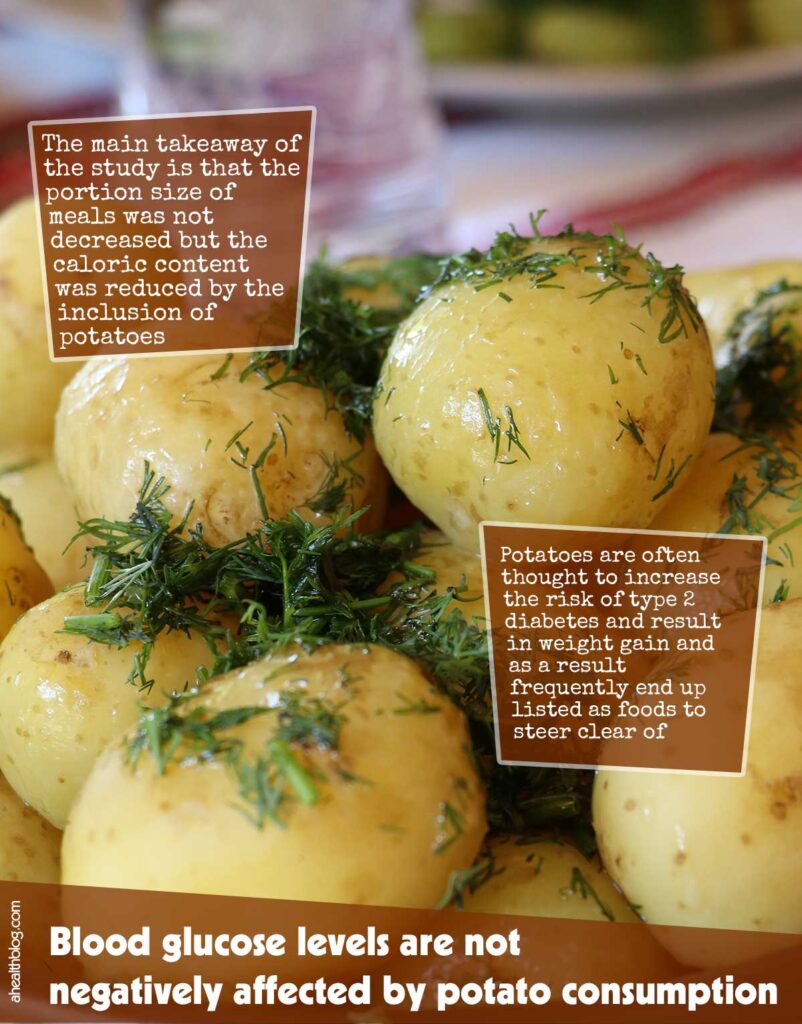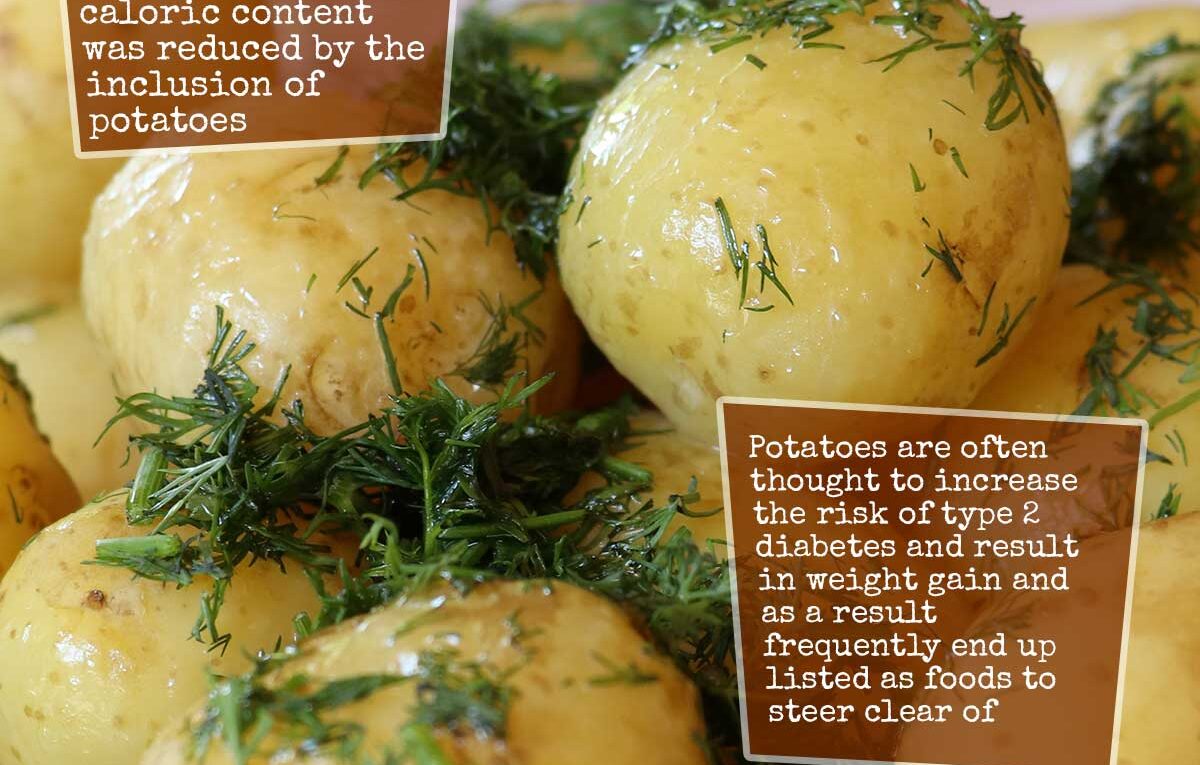Potato Consumption Does Not Adversely Affect Blood Glucose Levels
Potatoes have long been thought of as contributing to type 2 diabetes and weight gain, and as such are frequently listed among foods to avoid, particularly among those who are insulin resistant.
Studies indicate that potatoes do not increase risk, are rich in essential nutrients, and possess many health advantages.
Researchers found that contrary to popular belief, potatoes do not negatively impact blood glucose levels and those participating in the study actually lost weight as a result.
Individuals often consume similar weights of food regardless of its calorie content to feel satisfied, which increases calorie consumption. You can reduce this number by choosing lower-calorie items with heavier weight.
Research findings demonstrated that portion sizes did not change, yet caloric intake decreased thanks to adding potatoes into meals. Individual meals were tailored specifically for each person according to individual caloric requirements; yet many found themselves getting full faster by swapping out some meat for potato. Therefore, weight can be lost with minimal effort and effort required.
This study included 36 overweight individuals aged 18-60 years with obesity or insulin resistance, the condition where cells of the body fail to respond adequately to insulin and glucose cannot enter cells for energy production. Insulin resistance has been linked to type 2 diabetes, high cholesterol levels, obesity and hypertension.
Individuals were provided with specially tailored diets consisting of commonly available food sources like peas, beans, fish or meat or white potatoes with fish or meat – these diets included high levels of vegetables and fruit content while replacing approximately 40% of typical meat consumption with peas & beans or potatoes.
An earlier study has demonstrated that newly diagnosed type 2 diabetes individuals can improve their blood glucose levels through eating peas and beans. Potatoes were then boiled whole with skins intact before being kept in the fridge between 12-24 hours to increase its fiber content.
Potatoes were featured as part of the main lunch and dinner meals, such as creamy shrimp and potatoes and shepherd’s pie, along with side dishes such as scalloped potatoes, potato salad, oven-roasted wedges of potatoes wedges roasted into wedges, scalloped potatoes salad, scalloped potatoes salad, scalloped potatoes served as sides dishes at lunch and dinner, mashed potatoes for lunches or dinner meals, scalloped potatoes salad scalloped potatoes salad potato wedges as side dishes as well as mashed potatoes which accompanied both main lunch and dinner meals.
Potatoes were prepared so as to maximize fiber content, and when compared with diets consisting of peas and beans, both offered equal health benefits.
Meal plans provided an array of dishes, demonstrating that healthy eating plans offer many options to people looking for healthier eating plans. Potatoes were particularly economical additions to any healthy eating plan.

